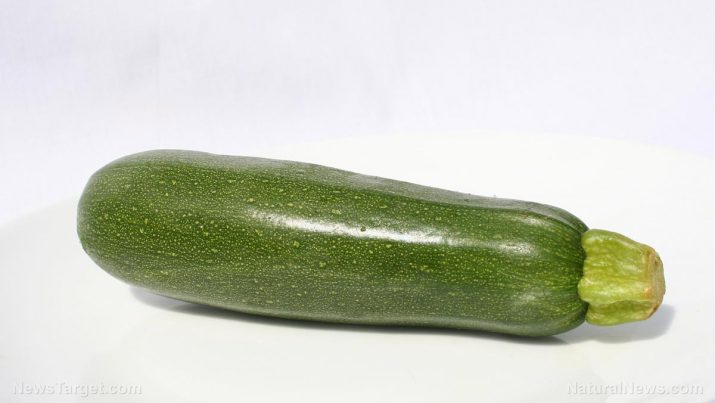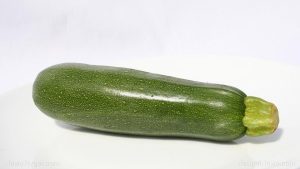
Bottle Gourd – sources, health benefits, nutrients, uses and constituents at NaturalPedia.com
Saturday, July 22, 2017 by Jhoanna Robinson
http://www.naturalpedia.com/bottle-gourd-sources-health-benefits-nutrients-uses-and-constituents-at-naturalpedia-com.html

The bottle gourd, which is also called calabash and opo squash, is a vine that is cultivated for its fruit. It can be harvested either when it is very young (around 75 days after plantation), to be used as a vegetable, or when it has reached significant maturity, to be used as a bottle, pipe, or utensil, hence its moniker.
The bottle gourd, which is yellowish-green in color and whose vegetable has a white pulp and white seeds, is in the shape of a bottle and is grown in Malaysia, India, Indonesia, the Philippines, Sri Lanka, tropical Africa, and South America. It is known by other names such as lauki, calabash gourd, bottle squash, doodhi, ghia, trumpet gourd, and white gourd.
The bottle gourd has a bitter and slightly astringent taste.

List of known nutrients
- Calcium
- Iron
- Magnesium
- Manganese
- Potassium
- Sodium
- Vitamin B1 (Thiamine)
- Vitamin B2 (Riboflavin)
- Vitamin B3 (Niacin)
- Vitamin B5 (Pantothenic Acid)
- Vitamin B6 (Pyridoxine)
- Vitamin B9 (Folate)
- Vitamin B12 (Folic Acid)
- Vitamin C
- Zinc
Medicinal uses for bottle gourd
The bottle gourd is 96 percent water and therefore should be eaten or drank by people who are trying to quench their thirst or trying to refresh themselves, especially during the summer. Diabetic patients are advised to consume bottle gourd juices, as they promote water retention and induce urination.
An infusion of bottle gourd seeds can serve as a treatment for chills and headaches. As such, it can serve as a good meal for people who are recovering from a recent illness or injury and people who are on a diet.
The bottle gourd can help in addressing a slew of digestive issues such as constipation and indigestion. It provides for proper movement of the food through the digestive tract, proper digestion of the food, and proper excretion of the food, resulting in regular bowel movements.
Ayurveda physicians highly prescribe the bottle gourd when it comes to regulating liver function and alleviating inflammation of the liver.
The bottle gourd can help prevent premature graying of the hair. For best results, drink bottle gourd juice every morning until significant results are achieved.
The bottle gourd is also known to take care of the skin and get rid of skin issues like acne, pimples, dark circles under the eyes, and puffy eyes by replenishing deteriorating skin cells and to boost the body’s immunity against sickness.
Body systems supported by bottle gourd
The bottle gourd is good for the female reproductive system as it addresses reproductive problems such as hyperthyroidism, infertility, premenstrual syndrome (PMS), leukorrhea (the discharge of yellowish mucus from the vagina), and polycystic ovary syndrome (PCOS), or the condition in which a woman’s estrogen and progesterone levels are out of balance, which can lead to more serious ailments such as ovarian cancer.
Ways to use bottle gourd
The bottle gourd can be a good addition to soups and local Asian cuisines like raita, bhaji (stir fry), achar (pickle), curry, or kofta (vegetable balls). It can also be juiced, but since it has a bitter taste, it is advisable to mix it with other vegetables such as parsley, or cilantro, or celery (for kidney cleansing); basil or mint leaves (for heart health); apple, peach, or apricot; or ginger or turmeric (for detoxifying effects as well as for digestive and respiratory health).
Where to learn more
- Bottle Gourd juice: Cure UTI, Control Diabetes And Prevents Premature Greying Hair
- Bottle Gourd juice: Control Diabetics, Blood Pressure, Urinary disorders
- Bottle Gourd juice: New Healing Code for Diabetes, Blood Pressure And Urinary disorders
- Bottle Gourd juice: Powerful Healing Code for Diabetes, Heart Problems And Urinary disorders
- Bottle Gourd Juice – Cures Diabetes, Aids Digestion, Treats Cancer & Prevents Premature Greying Hair
Summary
The bottle gourd can help prevent premature graying of the hair.
An infusion of bottle gourd seeds can serve as a treatment for chills and headaches.
The bottle gourd can help in addressing a slew of digestive issues such as constipation and indigestion.
Sources include:
Tagged Under: Tags: bottle gourd





